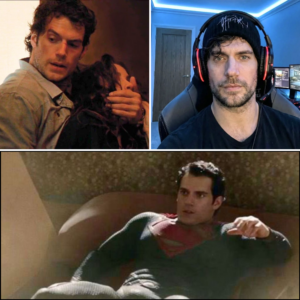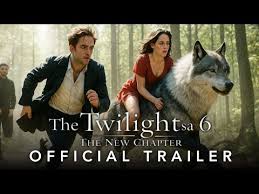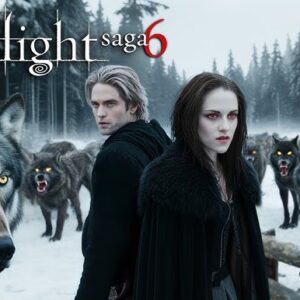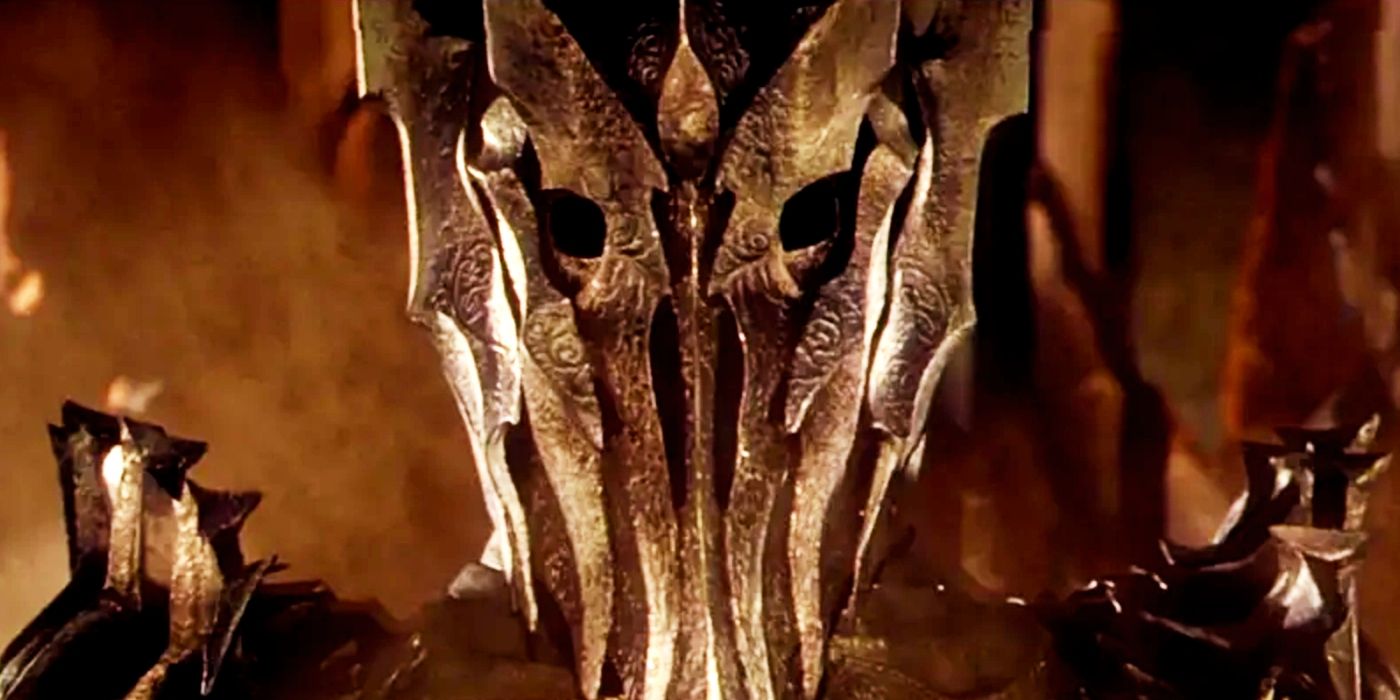
The Lord of the Rings is named after the villain who forged magical Rings of Power in his bid to take over the world, and it laid out the villain’s activities in far greater detail than the movies did. The seminal novel by J.R.R. Tolkien changed the landscape of literature forever when it was published in three parts between 1954 and 1955, popularizing high fantasy in the UK and then the wider world. The eponymous villain was, of course, Sauron, who has now been adapted into multiple on-screen iterations, all of which show him in a different light.
While Amazon Prime Video’s The Lord of the Rings: the Rings of Power tells the story of Tolkien’s Second Age and has a resultantly “fair” shapeshifting Sauron, the Warner Bros. movies tell the story of a Third Age Sauron existing thousands of years later. This Sauron appearance is far less physical than the one in The Rings of Power, represented by a giant eye strung between the two peaks of Barad-dûr. However, Sauron still had a body at this point. Sauron’s lack of body in the movies was inspired but also misleading.
Making Sauron An Eye Massively Downplayed His Role In The Lord Of The Rings
Sauron Accomplished A Lot In The Lord Of The Rings
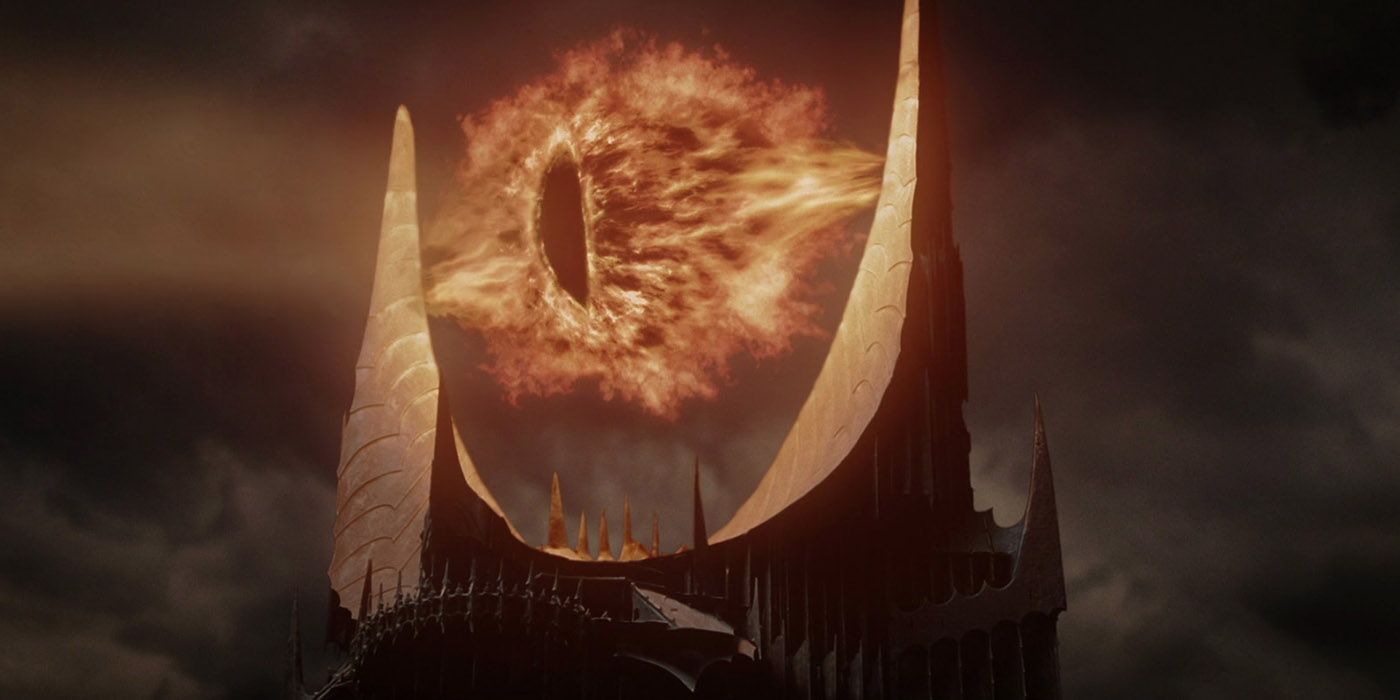
The Peter Jackson Lord of the Rings movies had a textual basis for their Sauron but used a lot of creative license, and one of the biggest misconceptions they created about him was that he didn’t really do all that much in The Lord of the Rings. In Tolkien’s The Silmarillion, Sauron “wrought himself a new guise, an image of malice and hatred made visible; the Eye of Sauron the Terrible few could endure.” Jackson took this very literally in his movies, although it was intended metaphorically. Nonetheless, Jackson poetically captured Sauron’s all-seeing power.
Jackson’s changes to Sauron, however poetic, downplayed his role in the story. Sauron seemed like a semi-disabled ghost in Peter Jackson’s movies, but not in a bad way. He was a terrifying villain and his power was convincing, but it seemed like he was reduced to a shimmering flameball, and he could no longer move or go anywhere without the supports of his tower. There was certainly no explicit confirmation that Sauron didn’t have a body in addition to the eye and that the eye wasn’t just a frightening projection or spell, but it wasn’t made to seem that way.
What Sauron Actually Did During The Lord Of The Rings Explained
Sauron Was A Hands-On Dictator
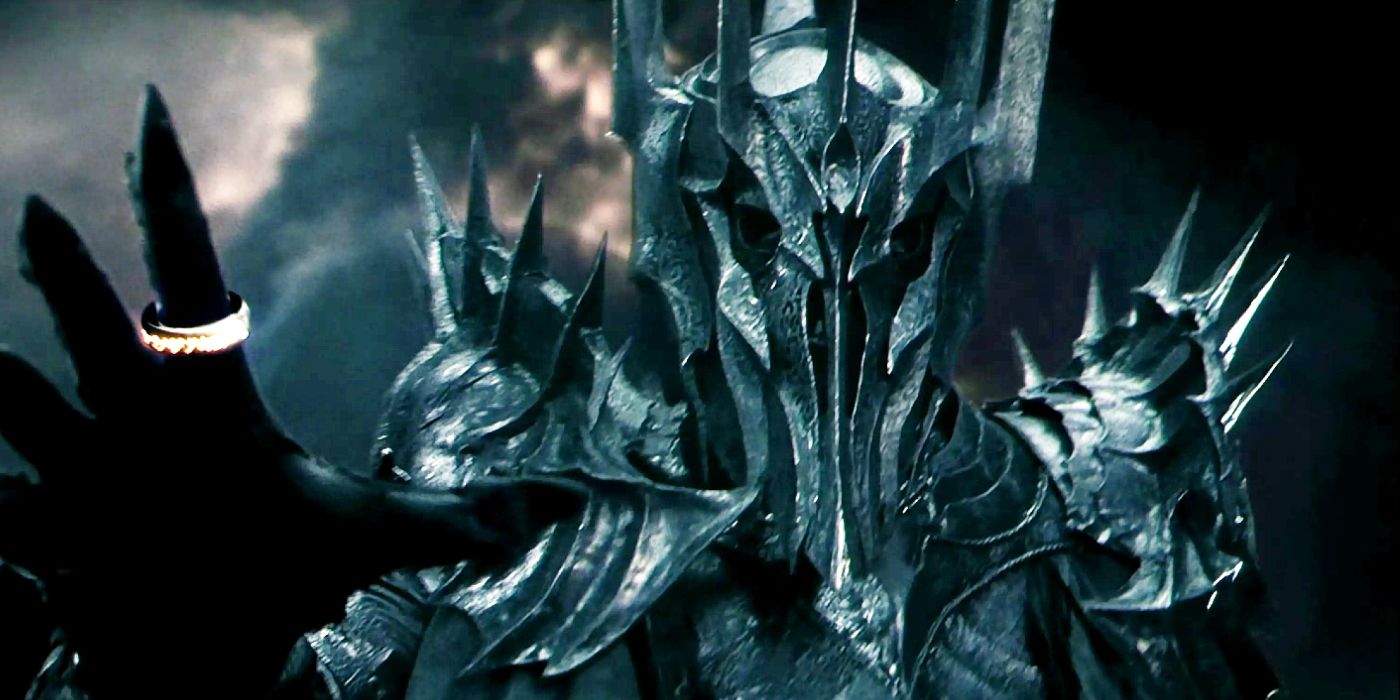
Sauron was a military tactician, directing numerous armies, and a very hands-on dictator, keeping himself busy during the events of The Lord of the Rings. At some point leading up to Frodo’s encounter with Gollum, Sauron captured Gollum and tortured him for information about the One Ring with his own nine fingers. As Gollum confirmed regarding the fingers on one of Sauron’s hands, “He has only four on the Black Hand, but they are enough.” Here, Sauron gathered the crucial intel of “Shire” and “Baggins,” and he also constantly monitored the magical palantír for a sighting of the One Ring.
Warner Bros.’ upcoming The Lord of the Rings: The Hunt for Gollum may cover Sauron’s torture of Gollum and will be released in 2026.
In the least diplomatic way possible, Sauron was also a diplomat, managing relations with Denethor and Saruman via palantír. He also managed relations with Haradrim, Easterlings, Corsairs of Umbar, and other allies, presumably via the Mouth of Sauron, but possibly in person. Sauron was a full-time Wizard at the same time, controlling whole legions with his mind and possibly sending strategic darkness to the Pelennor Fields and bad weather to Caradhras. Sauron’s path to the Cracks of Doom was maintained, implying that he kept tinkering as a smith as well.
Hiding Sauron Makes Him A Far Scarier Villain In Tolkien’s LOTR Books
Sauron’s Mystery Is Part Of His Threat
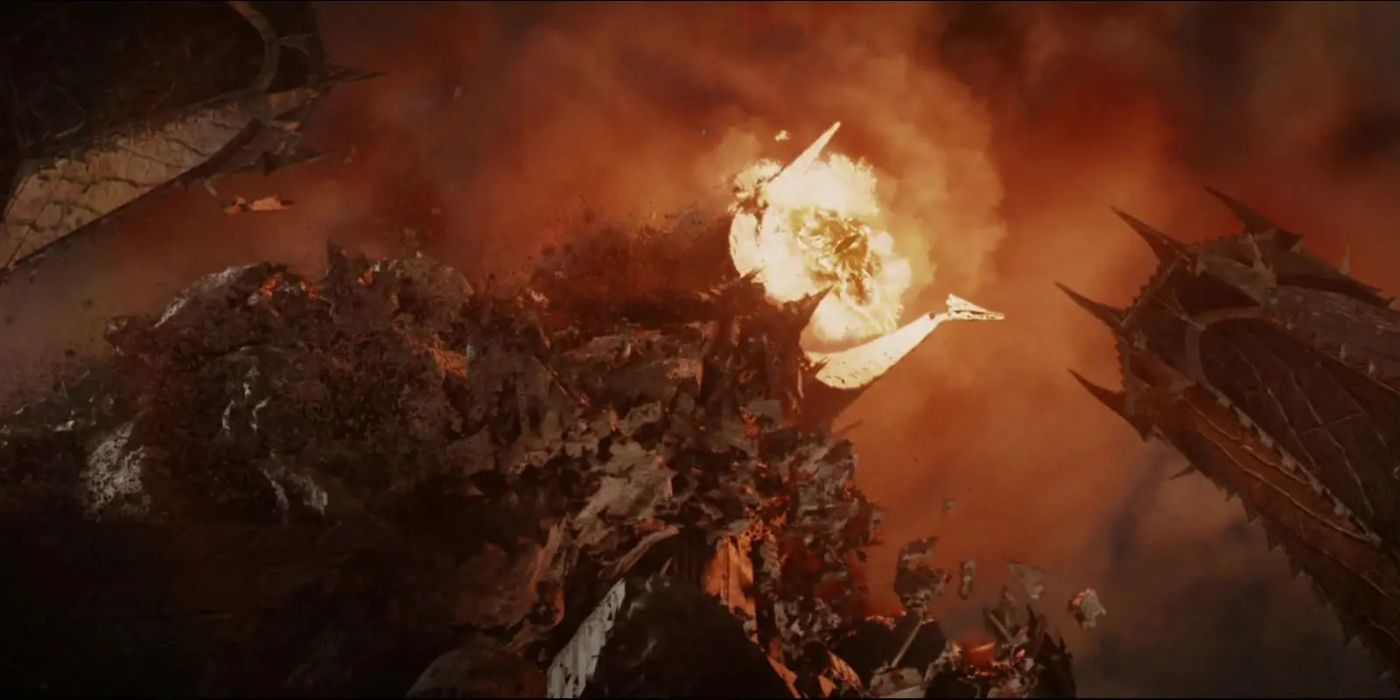
Sauron’s oppressive power came through in both Tolkien’s novel and Peter Jackson’s movies, with the villain’s general mystique contributing to an ominous foreboding. The Rings of Power’s physical Sauron has his own unique appeal, but it doesn’t strike the same note of fear as the Warner Bros. movies. Both versions are faithful in their own way, with Jackson evincing a faithful sense of Sauron’s oppressive and penetrating gaze, and Rings of Power showrunners J.D. Payne and Patrick McKay presenting Sauron’s Annatar form as physically faithfully as the source material allowed.
Warner Bros.’ Third Age anime movie The Lord of the Rings: The War of the Rohirrim is out on December 13, 2024.
Sauron’s activity in The Lord of the Rings was made clear through other characters’ second-hand explanations. For instance, Gandalf hinted that Sauron’s arm had grown long, extending to the bad weather over Caradhras. Sauron’s torture of Gollum was only hinted through Gollum, which in turn had to be reported by Gandalf. This second-hand news contributed to Sauron’s threat in Tolkien’s Lord of the Rings, which always seemed like it could be far worse than anyone imagined.
In this sense, not showing Sauron’s perspective in Tolkien’s book and Jackson’s movies worked wonders. And yet, somehow, this huge mystery was part of what made The Rings of Powers’ behind-the-scenes Sauron perspective so tantalizing – it offered something that had only ever been teased, and for decades, at that. The scary, ever-present Sauron spell shouldn’t be broken in any of the upcoming The Lord of the Rings movies planned by Warner Bros., but it may also be apt to show the extent of Sauron’s capabilities, and what he actually does.
